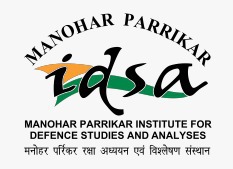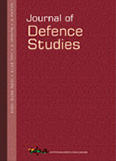From Smart Power to Sharp Power: How China Promotes her National Interests
Authoritarian regimes are increasingly taking recourse to sharp power as a preferred means of realising national interests. Sharp power weaves an intricate web of responses short of war, such as coercion, persuasion, political power, and inducements to further a nation’s interests, all the while concealing a long stick. China, in particular, has perfected the art of using sharp power in recent years, often investing large political capital and monies to impose its will on nations all over the globe.
- Mandip Singh |
- July-September 2018 |
- Journal of Defence Studies




